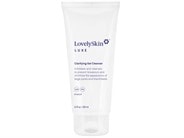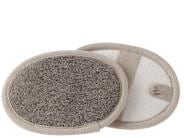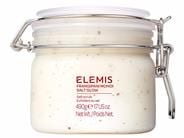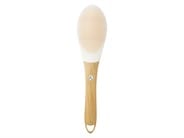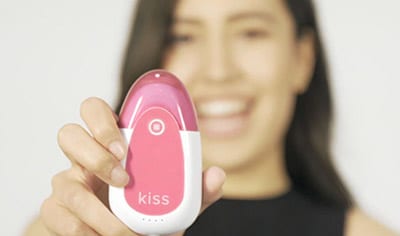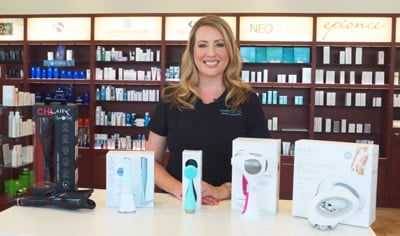What you reach for to wash your body with in the shower—a washcloth, shower loofah, your hands or another cleansing device—is really a very personal choice. We all have our favorites when it comes to things you wash your body with to keep skin feeling fresh and clean. However, it is true that there are pros and cons to using your hands vs. washcloth vs. loofah in the shower to clean your skin. No matter which you choose, you’ll want to be sure you’re using the best cleansing techniques and the most enjoyable products to go along with them. Let’s dig into some sudsy shower-related questions, including:
The pros: Washcloths have stood the test of time and have a lot of advantages. Depending on texture, washcloths can help provide body exfoliation that ranges from gentle to intense. You can also easily control the amount of pressure you use to concentrate on tough areas such as the knees and elbows and a gentler touch on more sensitive areas. Washcloths are also typically a lower-cost option over other shower tools that can be easily washed by tossing them in with your regular laundry. When it comes to how to use a washcloth in the shower, you can use any mild cleanser you’d like and still receive exfoliating benefits that are similar to those achieved by a physical scrub.
The cons: While washcloths are inexpensive and versatile, they can also harbor bacteria. A moist, used washcloth that is left to air dry each day creates an ideal environment for mold and bacteria to thrive. “Certain infections such as pink eye and staph infection can be spread through sharing washcloths,” says board-certified dermatologist and LovelySkin founder Dr. Joel Schlessinger. “If you have a skin condition such as eczema or psoriasis, you could be especially at risk for infection and irritation.”
The verdict: We recommend skipping the washcloth for face cleansing. The risk of spreading acne-causing bacteria and clogging pores with debris is high, and dry areas can form from daily friction. If you love using your washcloth for showers, then Dr. Schlessinger recommends reserving it for use on the body. “The best way to wash your body with a washcloth is by using a gentle touch, don’t scrub your skin too hard and avoid rubbing body acne or other skin irritations,” Dr. Schlessinger says. “And as a rule of thumb, never share washcloths and change out your washcloth every single day.”
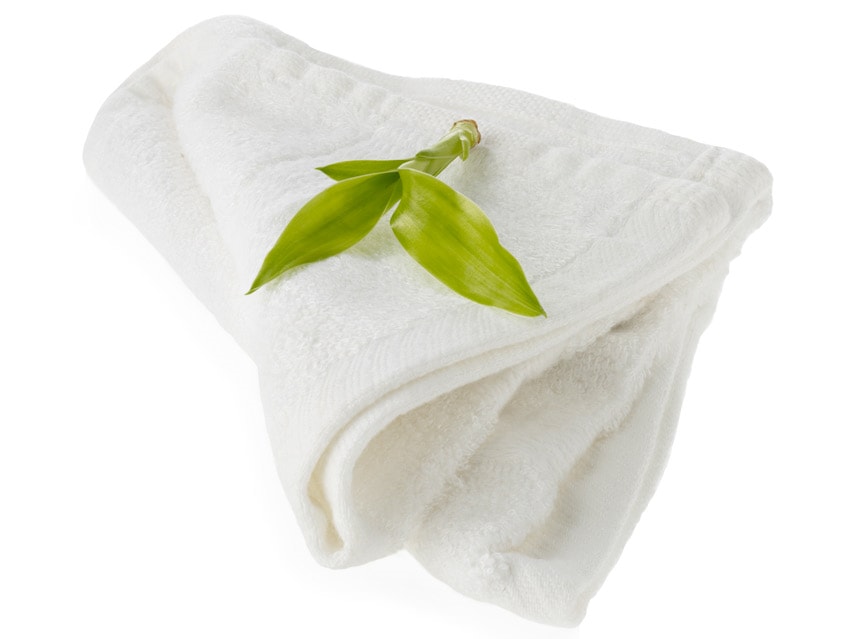
Try this at home: The LATHER Bamboo Wash Cloth is a great option for those who prefer using traditional washcloths in the shower or bath. Thanks to the addition of bamboo fibers in addition to cotton, this washcloth actually helps resist the growth of bacteria, mold and mildew in the shower. It also has a soft, absorbent texture that will really enhance your showering experience. Similar to a washcloth but with more of a spa-style spin, we also like the NUDA Exfoliating Mitt. It easily fits over your hand to be used either the bath or shower to help buff away rough, dry skin for softer, smoother skin. It was also designed to be a part of your sunless tanning routine, to help remove old self-tanning residue and prep your skin for a fresh application of sunless tanner.
The pros: When it comes to comparing shower loofahs vs. washcloths, it’s true that loofahs offer many of the same benefits as washcloths. They can provide excellent body exfoliation, particularly when you struggle with dry skin in the winter months. Using loofahs in the shower can also enhance circulation and help encourage pores to expel oil and other impurities.
The cons: Like washcloths, shower loofahs can harbor mold, germs and bacteria, as their structure is the perfect design to effectively trap and hold moisture. In addition to various strains of bacteria, shower poofs can also harbor yeast, a form of Candida that may result in rashes and infections if loofahs are not properly cleaned. Bacterial folliculitis, a condition in which the hair follicles become inflamed, can also cultivate and spread through use of a contaminated shower loofah.
The verdict: Really, the choice of washcloth vs. loofah really comes down to your personal preference. If you choose a loofah, Dr. Schlessinger recommends reserving your shower loofah for body wash and washing your body using gentle circular motions while cleansing to avoid over-exfoliating. “Don’t share your loofah with other family members and aim to replace it every three to four weeks,” Dr. Schlessinger says. And though it’s convenient to leave your loofahs in the shower, the steamy environment can prevent it from drying quickly, making it a breeding ground for bacteria. Instead, store it in a cool, dry place so that it can properly dry after each use.
Try this at home: PMD Clean Body harnesses the power of 7,000 vibrations per minute with its SonicGlow Technology to effectively break down dirt and oil within your pores. This shower body scrubber comes with three different attachments, including the silverscrub™ loofah, which resembles a traditional shower pouf (pictured below) and is infused with silver for added antibacterial properties. Or check out the LATHER Body Buffing Mitt for an exfoliating loofah alternative. Made with 100% sustainable bamboo and vegetable sisal, this shower mitt offers all the exfoliating power of a loofah with a gentle touch.
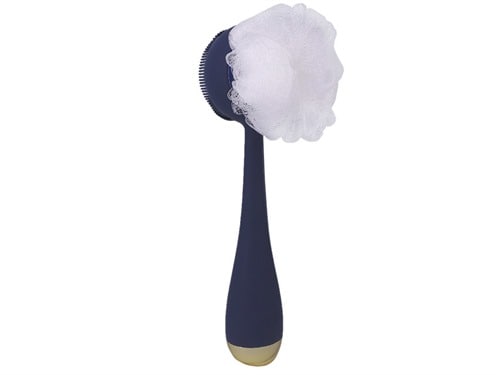
The pros: Cleansing your skin with your hands has a lot of advantages. You can cleanse your skin with your hands any time. Unless your hands are rough, you’ll receive a gentle, mild cleanse, making this method great for those with sensitive skin, have a skin condition or who are otherwise prone to irritation. In fact, LovelySkin CEO and board-certified dermatologist Dr. Joel Schlessinger recommends cleansing skin with your hands over a shower loofah or washcloth.
The cons: There’s one thing hands don’t do particularly well, and that’s exfoliation. Because hands are not considered optimal for exfoliation, they can leave behind dirt, oil and dead skin cells. Unclean hands can also contaminate skin on the face and body by introducing acne-causing bacteria.
The verdict: Using your hands is perfectly fine as long as you wash them first to avoid spreading bacteria. Dr. Schlessinger also recommends using gentle circular motions when massaging cleanser onto your face or body.
Try this at home: If you plan to use just your hands for cleansing, you’ll want to invest in a good body scrub and facial exfoliator to add to your routine two to three times a week. We love ELEMIS Frangipani Monoi Salt Glow for the body. This luxurious salt scrub helps buff away dull skin and dead skin cells to leave skin feeling soft and moisturized thanks to Tahitian Monoi oil. For facial cleansing, LovelySkin LUXE Clarifying Gel Cleanser does an excellent job of gently exfoliating skin with a blend of salicylic acid, glycolic acid and afaLUXE, a dermatologist-developed molecule of amino-based filaggrin antioxidants with vitamin C and Dead Sea salts.

If you like using your hands for washing your body but struggle with hard-to-reach spots like your back, consider investing in a shower body scrubber device such as the Nion Beauty Opus Body Cleansing Device. This body brush (pictured below) helps cleanse and exfoliate the skin with three speeds of vibrations. It is made of soft silicone that dries quickly and won’t harbor germs or bacteria, and also offers an ergonomic handle that’s designed to help you wash those hard-to-reach areas like the middle of your back.
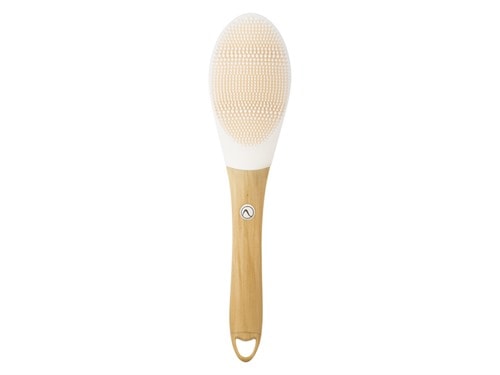
Are you looking for a replacement for the Clarisonic face cleansing brush? You can check out some facial cleansing devices that we recommend as a Clarisonic alternative.






